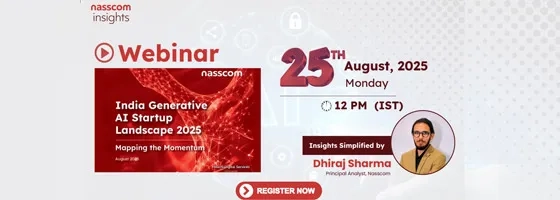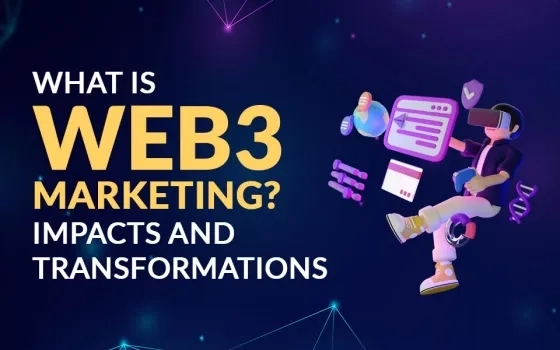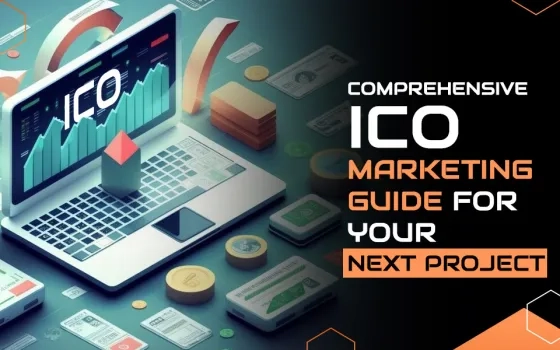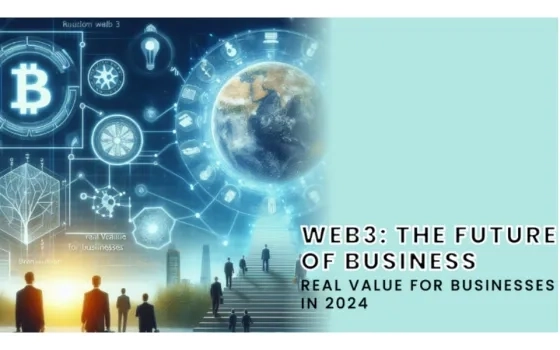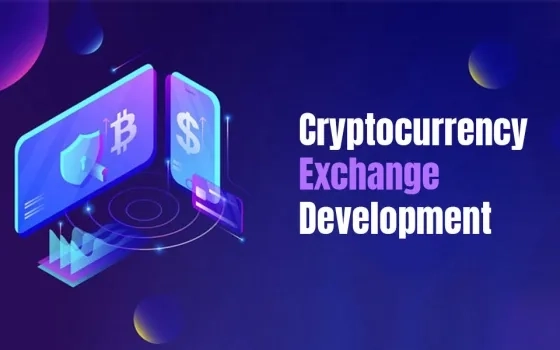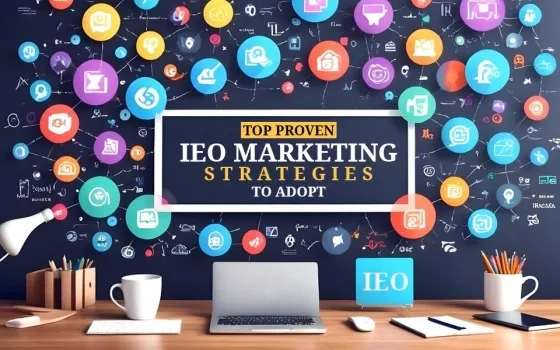The launch of a Web3 project is a moment of celebration and intense activity — the culmination of months or years of development, marketing, and anticipation. But post-launch, the real challenge begins: maintaining community engagement over the long term. As the Web3 landscape matures in 2025, with rising competition and a more sophisticated audience, projects can no longer rely on hype or one-time incentives alone. Instead, they must foster authentic, sustained engagement that fuels growth, innovation, and community loyalty.
In this comprehensive blog, we will explore the multifaceted approaches Web3 projects can use to maintain vibrant communities post-launch, from leveraging decentralized identities to incentivizing participation, building governance structures, creating value through continual innovation, and much more. Whether you’re a founder, marketer, or community manager, these insights will help you navigate the evolving dynamics of Web3 community engagement.
The Importance of Post-Launch Community Engagement in Web3
Community is the beating heart of any successful Web3 project. Unlike traditional centralized businesses, Web3 projects thrive on decentralized participation, shared ownership, and collaborative growth. Your community not only supports your token price but often contributes to product development, governance, and marketing.
However, maintaining high levels of engagement after the launch phase can be challenging. The initial excitement fades, user attention shifts, and new projects continuously compete for the same audience’s time and resources. Failure to nurture and grow your community can lead to stagnation, decreased token utility, and diminished long-term value.
Sustained engagement transforms early adopters into brand advocates and evangelists who will help your project weather market fluctuations and continue innovating. Therefore, the post-launch phase is arguably the most critical period to build strong community foundations.
Build and Strengthen Decentralized Identity (DID) Ties
One of the most revolutionary aspects of Web3 Marketing is the ability for users to own their digital identities securely through Decentralized Identifiers (DIDs). Post-launch, Web3 projects should encourage users to connect their wallets and establish DIDs that are tied directly to project activity.
Platforms like Lens Protocol and Farcaster provide decentralized social profiles linked to blockchain wallets. These profiles offer a verifiable and tamper-proof way for users to display their participation and contributions. Encouraging community members to engage through these platforms creates a sense of authentic belonging and accountability.
How to Leverage DIDs:
-
Exclusive Content and Access: Offer gated content or early access to new features for users verified via their DID.
-
Reputation Systems: Integrate reputation scores based on participation, incentivizing users to remain active.
-
Cross-Project Collaboration: Facilitate collaborations where users’ DIDs represent their identity across multiple Web3 projects, building a cohesive ecosystem.
DIDs also empower users by giving them control over their data and social footprint, reinforcing the Web3 ethos of user sovereignty.
Implement Layered Incentive Structures Beyond Simple Token Rewards
While token airdrops and rewards helped ignite initial interest, in 2025, communities expect more nuanced and sustainable incentive models. Relying solely on financial incentives risks short-termism, where users engage only to gain quick profits.
Instead, projects can implement layered incentive structures combining financial, social, and intrinsic motivators:
-
Financial: Staking rewards, yield farming, NFT drops for active participation, token-gated merchandise.
-
Social: Recognition badges, leaderboard status, access to exclusive clubs or events.
-
Intrinsic: Opportunities to contribute to governance, product development, or education.
Practical Example:
A project might reward active community members with governance tokens allowing them to vote on roadmap decisions. Those same members might earn unique NFTs commemorating their contributions or be invited to participate in live AMAs with the development team.
Moreover, gamification elements, such as milestone rewards and progressive leveling systems, can further incentivize ongoing participation, making the engagement experience rewarding and fun.
Foster Meaningful Two-Way Communication and Transparency
Engagement thrives on trust, and trust is built through transparency and dialogue. In 2025, Web3 communities expect their projects to be open about progress, challenges, and future plans.
Key Practices:
-
Regular Updates: Weekly or biweekly newsletters, community calls, and dev blogs that openly share milestones, setbacks, and next steps.
-
Direct Feedback Channels: Use platforms like Discord or decentralized forums to collect ideas, bug reports, and feature requests.
-
AMA Sessions: Conduct frequent Ask Me Anything sessions with founders and core contributors, ensuring community voices are heard.
Transparency encourages members to feel ownership of the project’s success and builds a collaborative spirit rather than a transactional relationship.
Extended Thought:
Projects should also share financial transparency reports and treasury status updates to increase trust. On-chain transparency tools that show funds allocation and usage in real time deepen community confidence. This level of openness helps users feel aligned with the project’s mission and reassured that funds are managed responsibly.
Empower Community Governance and Participation
A cornerstone of Web3 is decentralization, and that extends to governance. Post-launch, Web3 projects that succeed are those that enable their communities to participate in decision-making.
Governance Approaches:
-
Token-Weighted Voting: Token holders vote on proposals that affect the project’s direction.
-
Delegated Governance: Active users can delegate votes to trusted community leaders.
-
Proposal Platforms: Use platforms like Snapshot or DAOhaus to streamline community proposals and voting.
By giving the community a voice, projects not only engage users more deeply but also tap into diverse perspectives that improve the project’s resilience and adaptability.
Additional Strategy:
Encourage the formation of specialized working groups or sub-DAOs focused on different areas such as marketing, tech development, and community events. These groups can operate semi-autonomously while keeping the wider community informed, increasing involvement opportunities.
Develop Continuous Content and Education Programs
Education is a powerful tool for engagement. Web3 projects that provide ongoing educational content help onboard new users, keep current members informed, and empower the community to contribute meaningfully.
Content Strategies:
-
Tutorials and Guides: Step-by-step instructions on using the platform or participating in governance.
-
Webinars and Workshops: Regular live events to explain new features or industry trends.
-
Community Ambassadors: Train enthusiastic members to create local language content or run meetups.
Consistent educational outreach keeps users invested and transforms passive holders into active contributors.
Deepening the Impact:
Introduce certification or “learning paths” that community members can complete to gain recognition, such as “Web3 Project Expert” badges or certificates. This not only rewards learning but also increases the perceived value of engagement within the community.
Build Cross-Platform and Cross-Community Collaborations
Web3 is interconnected, and projects benefit from building bridges beyond their immediate community. Cross-community engagement boosts exposure, adds utility, and fosters a larger network effect. Collaborations also help users discover complementary projects, creating a sense of shared purpose and expanding collective influence.
Collaboration Ideas:
-
Joint AMAs and Events: Partner with related projects for co-hosted webinars or Twitter Spaces.
-
Shared Incentive Pools: Pool resources for cross-project staking or liquidity mining.
-
Interoperable NFTs: Create NFTs that have utility across multiple platforms.
Such collaborations create fresh engagement opportunities, build stronger bonds between communities, and help communities grow organically through aligned interests.
Utilize Gamification and Interactive Experiences
Gamification elements transform engagement from a chore into a compelling experience. Web3 projects can incorporate game mechanics that reward exploration, creativity, and consistent participation. Gamified experiences also encourage social interaction, friendly competition, and collaborative problem-solving among members.
Examples of Gamification:
-
Quest Systems: Daily or weekly tasks that earn tokens, badges, or NFTs.
-
Leaderboards: Rankings that spotlight top contributors or most engaged users.
-
Metaverse Integration: Virtual spaces where community members can interact, showcase NFTs, or participate in events.
Immersive gamified experiences turn your community into an active ecosystem rather than a passive crowd, keeping engagement fresh and exciting.
Prioritize Inclusivity and Diverse Community Building
A sustainable community is diverse, inclusive, and welcoming to newcomers. Post-launch, Web3 projects must actively foster an environment that encourages participation from different geographies, languages, and experience levels. Celebrating cultural diversity and different perspectives strengthens the community’s resilience and creativity.
Actions to Take:
-
Multilingual Support: Provide content and moderation in key languages.
-
Clear Codes of Conduct: Ensure safe, respectful spaces free of harassment.
-
Newcomer Onboarding: Dedicated channels or guides to help new users get started.
Inclusivity expands the community’s reach, builds a more robust network of advocates, and fosters a sense of belonging that keeps members engaged long-term.
Leverage Analytics and Feedback Loops to Refine Engagement Strategies
To maintain vibrant engagement, projects need to continuously measure and understand community behavior. Analytics provide actionable insights into activity trends, participation patterns, and user satisfaction.
Tools and Metrics:
-
Community Analytics: Track activity levels on Discord, Telegram, and social platforms.
-
Sentiment Analysis: Monitor discussions to gauge community mood and concerns.
-
Feedback Surveys: Regular polls to assess satisfaction and collect ideas.
Using this data, projects can tailor content, incentives, and communication to meet the evolving needs of the community and identify opportunities to enhance engagement.
Innovate with New Web3 Technologies and Trends
Staying ahead means adopting new technologies and trends that resonate with the community. Innovations reinforce the project’s relevance, excitement, and commitment to evolving with user needs.
Trends to Explore in 2025:
-
AI-Driven Community Bots: Personalized engagement bots that answer questions or reward users.
-
ZK-Rollups and Layer 2 Solutions: Reduce transaction costs to improve user experience.
-
Dynamic NFTs: NFTs that evolve based on user behavior or project milestones.
By embracing emerging technologies, projects keep the community intrigued, attract new members, and signal long-term vision and adaptability.
Cultivate Emotional Connections Through Storytelling and Culture
Beyond mechanics and incentives, human connections drive long-term loyalty. Successful Web3 projects understand the power of storytelling and culture-building within their communities. Emotional bonds turn members into active participants and passionate advocates.
How to Build Emotional Connections:
-
Share the Founders’ Vision: Narratives expressing the mission, struggles, and aspirations behind the project.
-
Highlight Community Stories: Showcase member achievements, testimonials, or creative contributions.
-
Create Traditions: Host annual events, launch celebrations, or ritualistic activities that members anticipate and cherish.
A strong community culture transforms users into believers, strengthens engagement, and encourages members to promote the project organically, creating a sustainable and enthusiastic ecosystem.
Conclusion:
Maintaining community engagement post-launch in 2025 requires a holistic, multi-layered approach. It demands a shift from one-time hype to continuous value creation through transparency, governance, incentives, education, innovation, and emotional connection. Web3 projects that master this balancing act will build communities that not only survive but thrive driving adoption, growth, and decentralized success. Building a community isn’t a checklist; it’s a relationship. And in the fast-evolving world of Web3, nurturing that relationship with care and creativity is the key to lasting impact.

